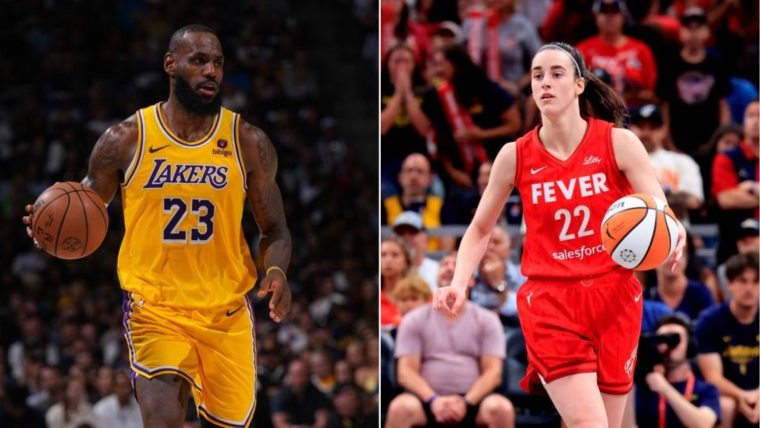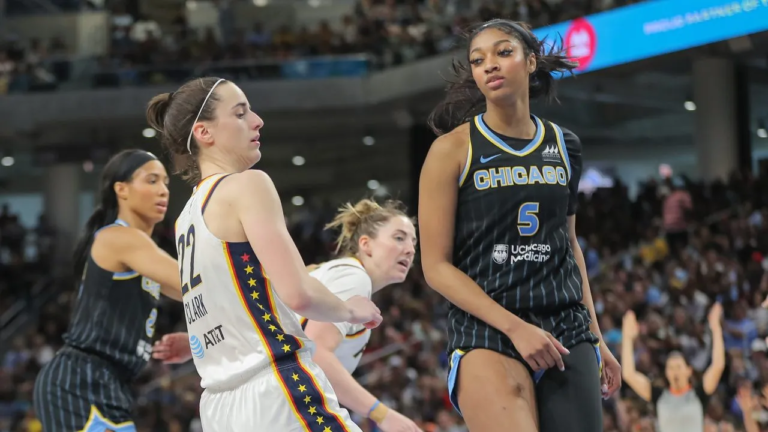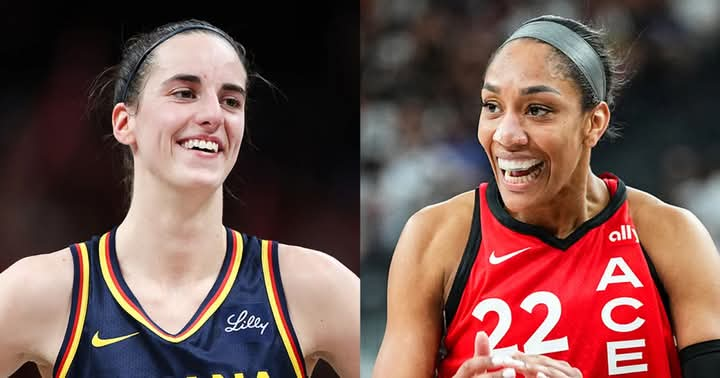
Caitlin Clark’s debut season with the Indiana Fever was nothing short of groundbreaking, making her a sensation in the WNBA and drawing fans who had never engaged with the league before. Her inaugural game attracted a sold-out audience, with ticket prices skyrocketing—reflecting what many are calling the “Caitlin Clark effect.” This phenomenon saw ticket prices surge by over 200% across various venues whenever she played, illustrating her significant marketability and impact on attendance.
By the midpoint of the season, Clark had dramatically influenced league attendance, doubling average numbers at games where she participated. An analysis revealed that her appearances consistently drew larger crowds, with games featuring Clark averaging over 17,000 fans, while others saw considerably lower figures. The Fever’s attendance numbers reflected this trend, quadrupling from the previous season and leading to a notable turnaround in the league’s overall attendance metrics.
Viewership statistics similarly mirrored Clark’s influence, with WNBA games featuring her averaging over a million viewers, compared to significantly lower numbers for games without her. Her remarkable performances set new viewership records, including the most-watched WNBA game in over two decades. The league benefitted from this newfound popularity, with significant increases in ratings across various networks, emphasizing how Clark’s presence reshaped the WNBA’s landscape.
However, the heightened visibility also came with challenges. Some players expressed dissatisfaction with perceived inequalities regarding travel accommodations and endorsements. Complaints surfaced about the disparity in marketing, particularly related to race, as some athletes felt overshadowed by Clark’s stardom. Despite these challenges, Clark’s influence has undeniably opened new opportunities for her peers, pushing the league to navigate the complexities of emerging personalities while grappling with financial sustainability amid increased expenses.






